
When talking about new and effective economic models in Pung Luong, we cannot fail to mention Mr. Nguyen Van Mui in La Khat village. Instead of growing corn and upland rice, Mr. Mui invested in growing tomatoes. Thanks to the suitable soil, each hectare of tomatoes yields from 50 to 70 tons of fruit.
While many places are struggling to find outlets, each kilogram of tomatoes of Mr. Mui's family is still sold on the spot for 30,000 - 40,000 VND. His farm not only brings in high income, but also proves to people that the land and climate here can help them get rich. Mr. Mui's family model has provided regular jobs for many workers in the highlands with an income of 5 million VND/person/month or more.

While Mr. Mui turned the difficult land into a place with high income from tomatoes, in another area of Pung Luong, Mr. Nguyen Quang Huong covered 3 hectares of rice fields with roses. Mr. Huong's flower farm is a testament to turning harsh climate into an advantage.
Thanks to the temperature difference, roses grown in the Pung Luong highlands have darker and more durable colors. Each rose sold in the garden costs from 1,500 VND or more. This model is creating jobs for about 20 local workers.
Models like those of Mr. Mui and Mr. Huong's families are the most practical "experiments", the most vivid evidence for the Pung Luong government to embark on a revolution to change the thinking of a large area of land.
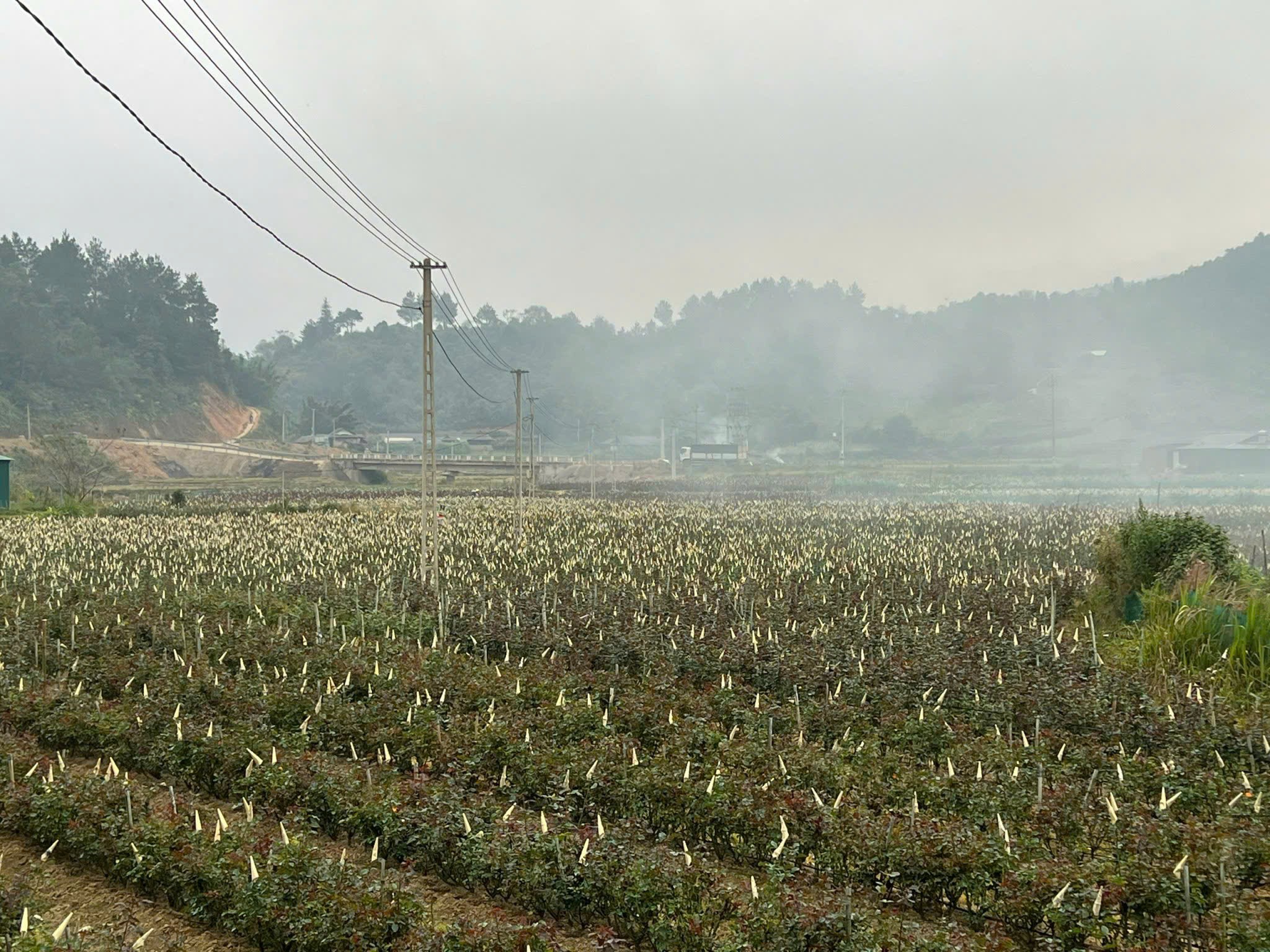
To replicate these pioneering models throughout the commune, Pung Luong must face a difficult reality. The merger of four communes (Nam Khat, Pung Luong, La Pan Tan and De Xu Phinh) into a new commune poses many challenges.
Talking to us, Mr. Pham Tien Lam - Chairman of the Commune People's Committee frankly pointed out the 3 biggest difficulties. Those are difficulties in human resources, machinery, and the harshness of nature. Pung Luong has many sub-climatic zones, but the common characteristic is that the winter is extremely cold, frost and ice appear frequently, making it almost impossible for people to produce winter crops. But the biggest challenge is the uneven awareness and level of the people, the limited ability to apply science and technology...

Faced with such difficulties, Pung Luong determined that there must be a breakthrough strategy, not only based on general resolutions, but also based on scientific and technical foundations and from commodity production models like that of Mr. Mui and Mr. Huong's families.
Mr. Pham Tien Lam said that this policy comes from the Central Government's agricultural restructuring policy, combined with study tours, especially research projects, experimental planting of roses, mushrooms, VH6 pears and crispy persimmons right in the locality.
The climatic characteristics have created unique advantages for developing local specialty products.
A strong political determination was made to change the mindset of agricultural production to the mindset of agricultural economics. To solve the three specific difficulties, the commune took drastic actions, following the motto: "Cadres and party members do first so that people can follow."
The government proactively acts as a “bridge” between businesses and people to promote the consumption of local agricultural products. The commune organizes meetings with people, encourages people to lease land to businesses to form large production areas, and at the same time commits that when businesses invest in the area, they must prioritize the use of local labor.

To systematize production, the commune encourages the establishment of cooperatives and cooperative groups. Up to now, 19 cooperatives and 107 cooperative groups have been established in the area, becoming the core links in production. Many technical training courses and field trips have been organized, helping people change their production thinking and creating a strong influence.
That synchronized transformation has yielded impressive results.
The whole commune has now developed 75 hectares of roses, 30 hectares of mushrooms, chili, various vegetables and more than 90 hectares of temperate fruit trees. The production value per hectare of new models has reached an average of 300 - 500 million VND. This figure is 8 to 10 times higher than traditional corn and rice cultivation. Just counting these key agricultural products, the commune's total revenue in the most recent year reached more than 50 billion VND.
The figures are reflected in the real life of the people. The average income per capita has been significantly increased, currently reaching more than 30 million VND/year. The average poverty rate has decreased by 10%, to only 12.88% according to the old criteria. The concentrated production areas have created jobs for 500 regular workers and 400 seasonal workers in the locality.
The road ahead for Pung Luong is a journey to increase the value of agricultural products. The commune has 9 products that meet OCOP standards and all concentrated production areas have geographical indications. The issuance of production area codes is being implemented, while moving towards higher standards such as VietGAP, organic and circular economic models.
Although only meeting 8/19 new rural criteria, Pung Luong is on the right track with great aspirations. As affirmed by Chairman of the Commune People's Committee Pham Tien Lam, it is the spirit of "Dare to think, dare to do, dare to innovate, dare to take responsibility and accompany, share, for sustainable development".
Source: https://baolaocai.vn/suc-bat-moi-tu-tai-co-cau-nong-nghiep-o-pung-luong-post883351.html



![[Photo] Binh Trieu 1 Bridge has been completed, raised by 1.1m, and will open to traffic at the end of November.](https://vphoto.vietnam.vn/thumb/1200x675/vietnam/resource/IMAGE/2025/10/2/a6549e2a3b5848a1ba76a1ded6141fae)











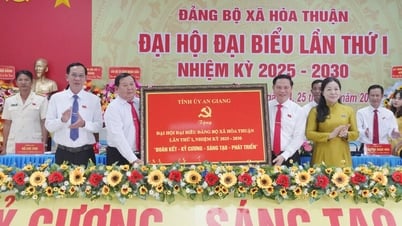

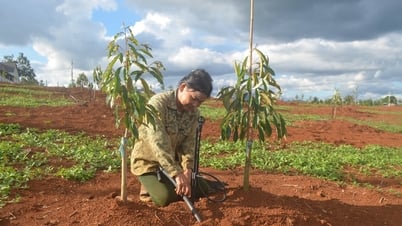
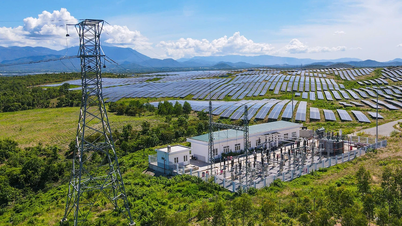

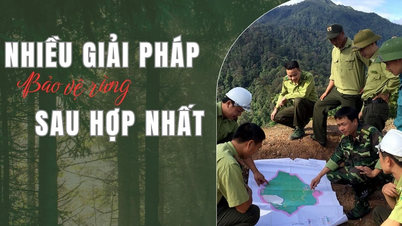
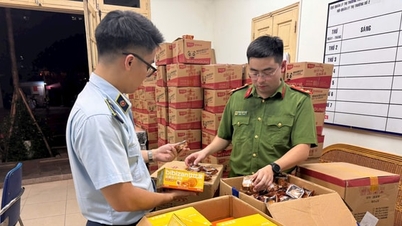

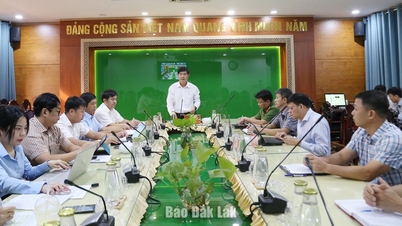

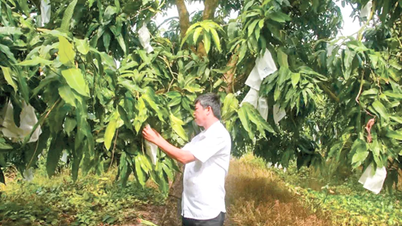

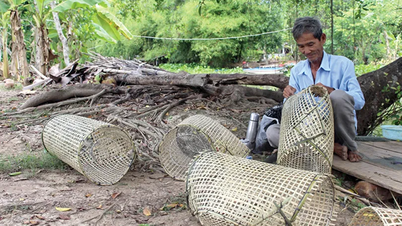




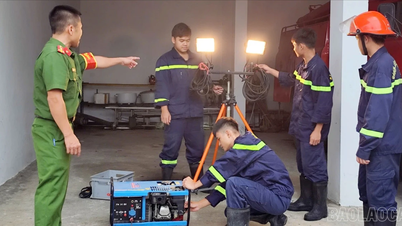
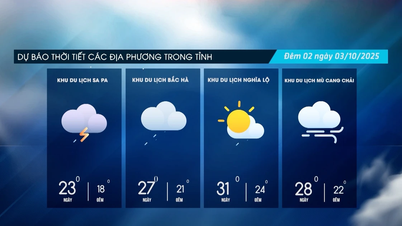
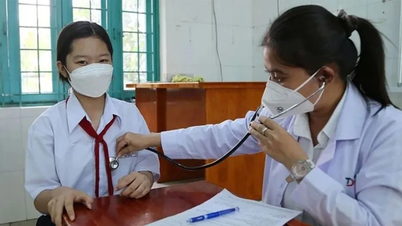
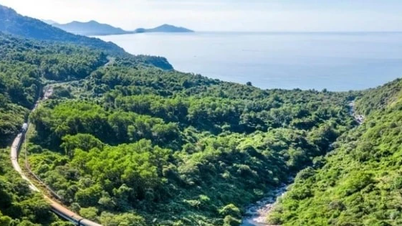
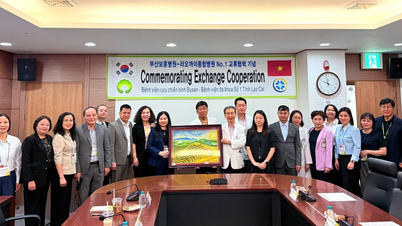
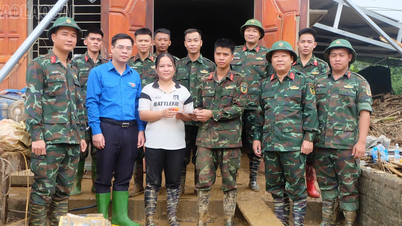
















































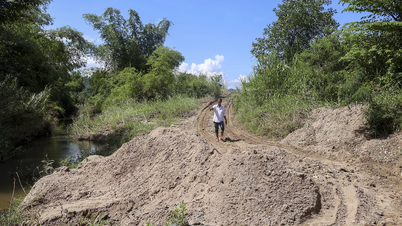
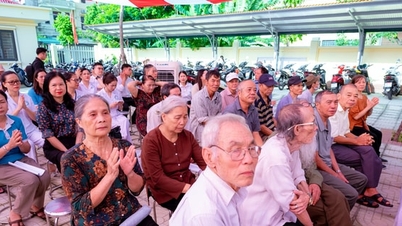

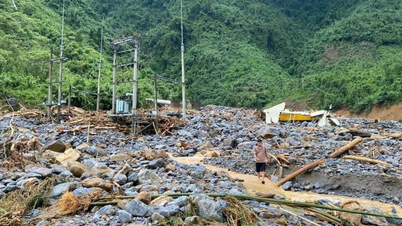
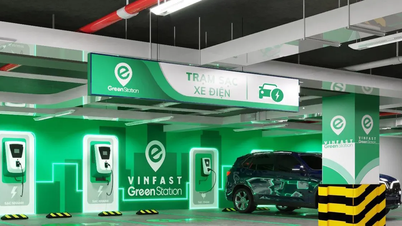













Comment (0)